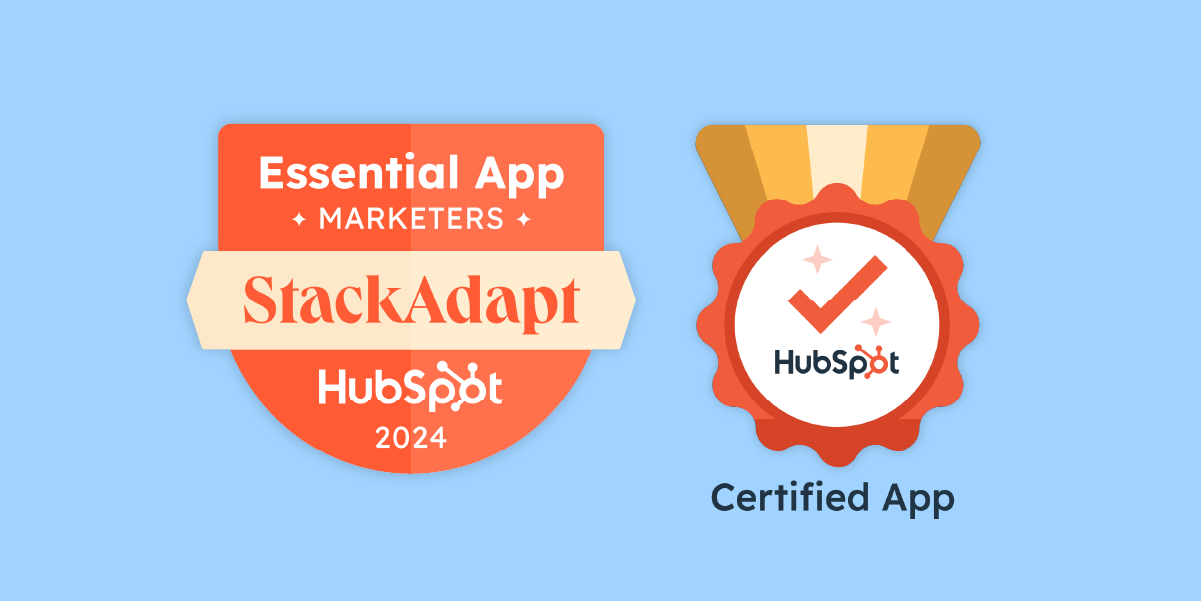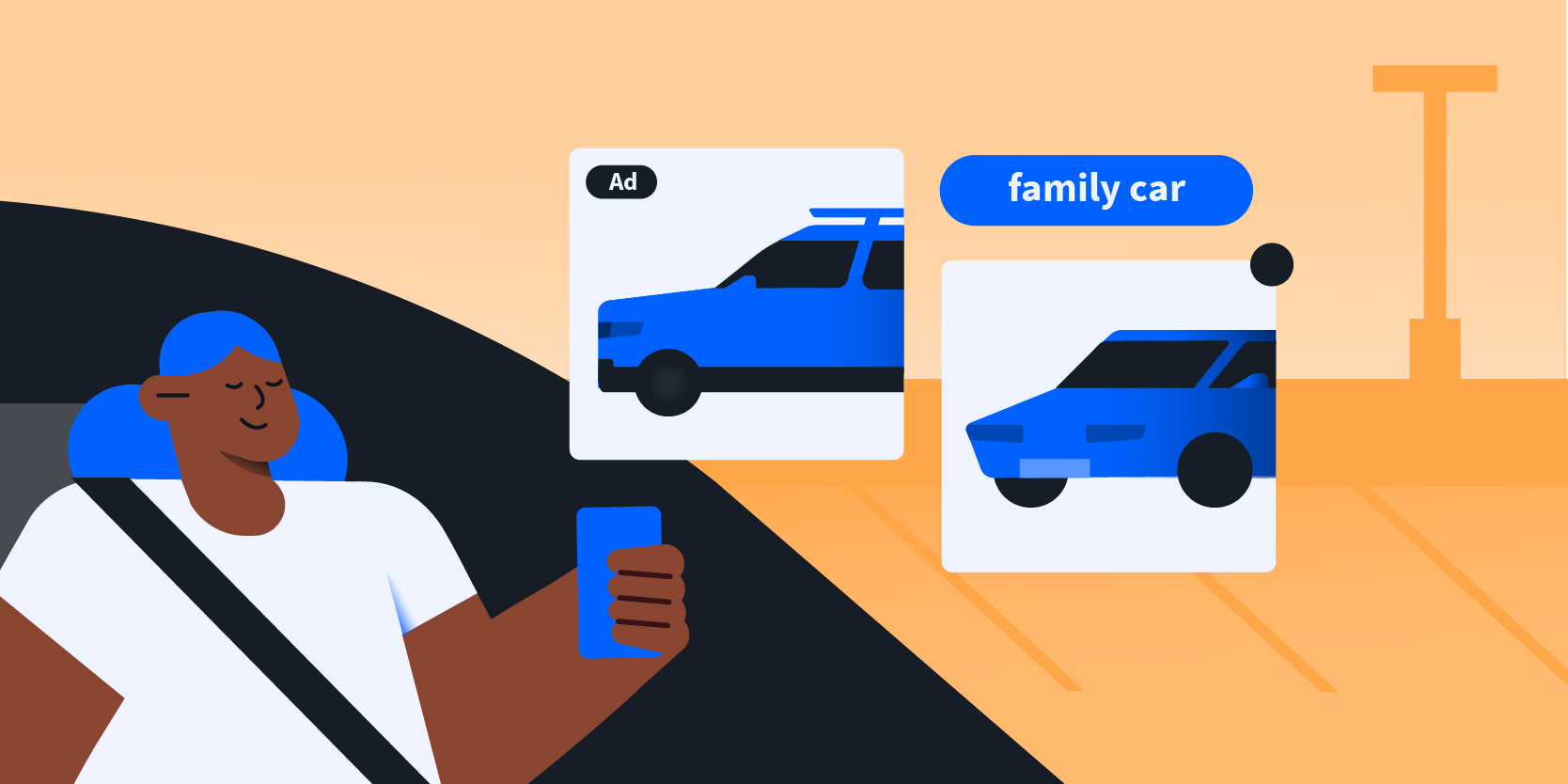Targeting the right audience is key for the success of any programmatic campaign. Whether your campaign objective is to drive sales, revenue, form submissions, or other lead generation metrics, having a hyper-relevant target audience will help you maximize conversions.
When prospecting, the most commonly used audiences rely on interest and intent as well as 3rd-party data segments. When it comes to mid- and lower funnel campaigns, it’s possible to target audiences in more detail, while bolstering your campaign’s success.
What is Audience Targeting
Audience targeting uses data to segment consumers by demographics or interests in order to find the right users, on the right devices, and at the right moment. You’re more likely to reach users who will be interested in your products or services, and then you can target them with highly relevant messaging.
How Do You Use Audience Targeting
Audience targeting is an opportunity to narrow the focus of your campaigns and hone in on a specified pool of users. This is incredibly valuable in the mid- to lower-funnel because at that stage, users are more receptive to personalized messaging and more likely to take the desired action or to complete a conversion.
Below, we’re highlighting audiences that you can leverage for earning those highly coveted conversions. But before we dive in, let’s cover an essential piece of the conversion campaign puzzle: retargeting.
Retarget the Users Who Have Shown Interest
With retargeting you’re able to deliver online ads to a user based on their previous intent-based actions on the web. It’s an important tactic for re-engaging a user who has seen one of your ads before, or shown interest in your brand or product. Retargeting will help move them down the funnel, which is why a retargeting strategy will help deliver those highly coveted conversions.
Pairing retargeting with essential audiences will help you to meet your lower-funnel conversion goals. This strategy nurtures leads, improves customer engagement, strengthens awareness in the upper funnel, and builds customer loyalty.
Essential Audiences to Leverage for Conversions
Ready to optimize your audience targeting for conversions? Here are 3 essential strategies to get you started.
1. Leverage a pixel to cookie your site visitors.
To build an audience pool of site visitors, you will need to place a tracking pixel on all pages of your website. This will enable you to cookie all those who visit on the site, build the audience list for retargeting and to enable you to track conversions for campaigns.
One strategy for this tactic is to collect users who start the checkout process, but end up abandoning it. They’ve shown a lot of interest in a service or product, so creating a segment of those users is a great retargeting opportunity. Deliver them a new ad that reminds them about your brand and incentivizes them to purchase. With dynamic retargeting, you can show them the product that they considered buying before abandoning the checkout process.
2. Create lookalike audiences to amplify campaign reach.
A pixel can also be leveraged to build lookalike audiences. Lookalike audiences enable you to create a list of users who mimic the online behaviours of those who have visited your site previously. You can fine-tune this audience even further by creating a lookalike segment based on users who converted on your website.
Lookalike audiences ensure that your campaigns reach relevant users who have characteristics that align with a brand’s existing customers. It’s a perfect strategy for extending your retargeting pool, because you expand beyond just people who have visited your site.
3. Leverage exclusion audiences to better spend your next ad dollar.
It’s equally important in a conversion campaign to indicate which users not to target. With a pixel placed on your website, particularly on conversion points, you can leverage collected data to create exclusion audiences. This creates a pool of users that your campaign will omit targeting, like users who have already converted, for example.
Excluding certain audiences from your campaigns can keep your costs down and prevent you from spending money on people that you know won’t convert. Instead, every dollar spent will go toward users who haven’t yet converted, which improves your conversion campaign results and positively impacts your return on investment (ROI).
Build Campaigns That Convert
Combining prospecting with a retargeting strategy will help you achieve your conversion goals by ensuring your ads are seen by the right users. With the 3 audiences we described above, you can reach people who are already in the mid- to lower-funnel and ready to convert, or exclude people who likely won’t.
To inform your strategy even further, consider also leveraging a brand lift study. It is effective for measuring consideration or purchase intent, and the effectiveness of touch points throughout the customer journey. These insights can help you uncover ways that the process can be improved or streamlined, to boost your campaign results.
Want to run exceptional programmatic campaigns? Request a demo to learn more about StackAdapt.





